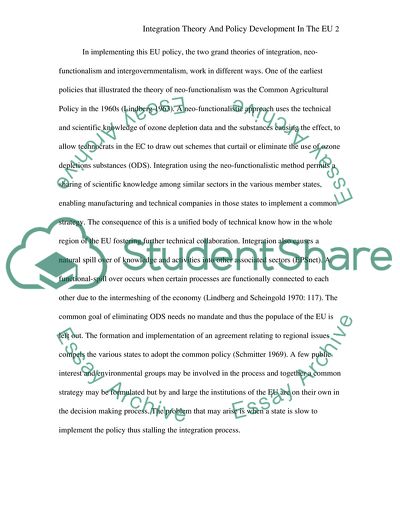Cite this document
(Integration Theory and Policy Development in the EU Case Study, n.d.)
Integration Theory and Policy Development in the EU Case Study. Retrieved from https://studentshare.org/environmental-studies/1705082-to-what-extent-does-the-study-of-integration-theory-assist-in-an-understanding-of-policy-development-in-the-eu
Integration Theory and Policy Development in the EU Case Study. Retrieved from https://studentshare.org/environmental-studies/1705082-to-what-extent-does-the-study-of-integration-theory-assist-in-an-understanding-of-policy-development-in-the-eu
(Integration Theory and Policy Development in the EU Case Study)
Integration Theory and Policy Development in the EU Case Study. https://studentshare.org/environmental-studies/1705082-to-what-extent-does-the-study-of-integration-theory-assist-in-an-understanding-of-policy-development-in-the-eu.
Integration Theory and Policy Development in the EU Case Study. https://studentshare.org/environmental-studies/1705082-to-what-extent-does-the-study-of-integration-theory-assist-in-an-understanding-of-policy-development-in-the-eu.
“Integration Theory and Policy Development in the EU Case Study”. https://studentshare.org/environmental-studies/1705082-to-what-extent-does-the-study-of-integration-theory-assist-in-an-understanding-of-policy-development-in-the-eu.


